- California Assembly OKs highest minimum wage in nation
- S. Korea unveils first graphic cigarette warnings
- US joins with South Korea, Japan in bid to deter North Korea
- LPGA golfer Chun In-gee finally back in action
- S. Korea won’t be top seed in final World Cup qualification round
- US men’s soccer misses 2nd straight Olympics
- US back on track in qualifying with 4-0 win over Guatemala
- High-intensity workout injuries spawn cottage industry
- CDC expands range of Zika mosquitoes into parts of Northeast
- Who knew? ‘The Walking Dead’ is helping families connect
N. Korea fires 4 missiles
By Kim Tae-gyu
North Korea launched what are believed to be four short-ranged ballistic missiles off its eastern coast Thursday, chilling the recent optimism over inter-Korean relations following reunions of family members separated by the Korean War (1950-53).
The Ministry of National Defense said the North fired the missiles from the Gitdaeryeong area starting at 5:42 p.m., which prompted the South to beef up its vigilance.
“Originally, we thought they were an improved version of the KN-02 ground-to-ship missiles but we now believe they were Scud missiles because their range was longer than 200 kilometers,” a ministry official said.
“However, we don’t exclude the possibility that they could have been the latest KN-02 or a new ground-to-air missile. We need additional analysis to reach a final conclusion.”
The North has not fired a Scud missile since July 4, 2009. It has three types of Scuds with ranges of 300, 500 and 700 kilometers, respectively.
Defense officials said that the missile test might have been a response to the ongoing ROK-U.S. Key Resolve joint military exercise along with its recent infringement of the Northern Limit Line (NLL) in the West Sea.
Key Resolve is a regular computer-based command post exercise, which will continue through March 6, and involves 10,000 South Korean and 5,200 American troops. The North has claimed repeatedly that it is a prelude to an invasion.
Hundreds of South Koreans made the trip to Mt. Geumgang this month to meet their relatives for the first family reunions in more than three years.
Domestic experts came up with different analyses on the unexpected military action by the belligerent regime.
“In consideration of its short range, the Scud missile is about South Korea, not Japan or the United States. The North may want to give some signal to the South timed for the joint drill with the U.S.,” said Shin In-kyun, head of the Korea Defense Network.
“The chances are that North Korean leader Kim Jong-un wasn’t aware of the missile launch in advance. I am worried that inter-Korean relations will worsen in the future.”
In contrast, others refused to regard the case in an overly serious manner.
“I think it is just a military drill by the North, which might want to show that it can carry out its own exercise while the South is doing so with the U.S.,” said Jang Yong-seok, a researcher at the Institute of Peace and Unification Studies affiliated with Seoul National University.
Prof. Yang Moo-jin at the University of North Korean Studies in Seoul concurred.
“You may think that it is serious because it coincided with the family reunions. But it is nothing. The North can fire its missiles into its own sea at any time and that’s it,” he said.
President Park Geun-hye immediately received reports on the test, according to her spokesman Min Kyung-wook.
“Kim Jang-soo, chief of the National Security Office, wasted no time in reporting the case to President Park and checking the North’s movements and our readiness,” Min said.
Kim was supposed to take part in Park’s dinner meeting with Sheikh Mohammed bin Zayed Al Nahyan, the crown prince of Abu Dhabi who is here on a three-day visit, Min added.







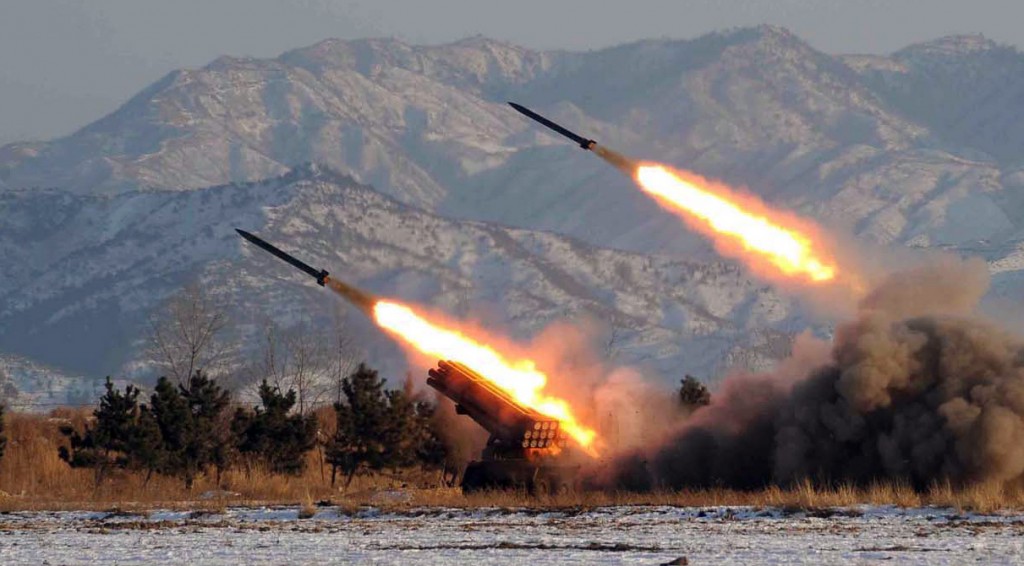
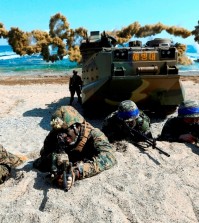
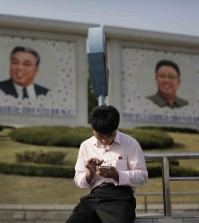
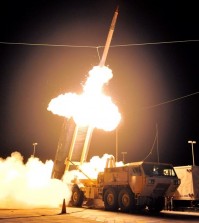
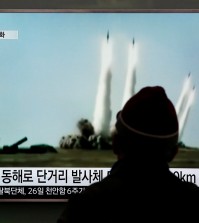

![일본 사도광산 [서경덕 교수 제공. 재판매 및 DB 금지]](http://www.koreatimesus.com/wp-content/uploads/2024/07/PYH2024072610800050400_P4-copy-120x134.jpg)


